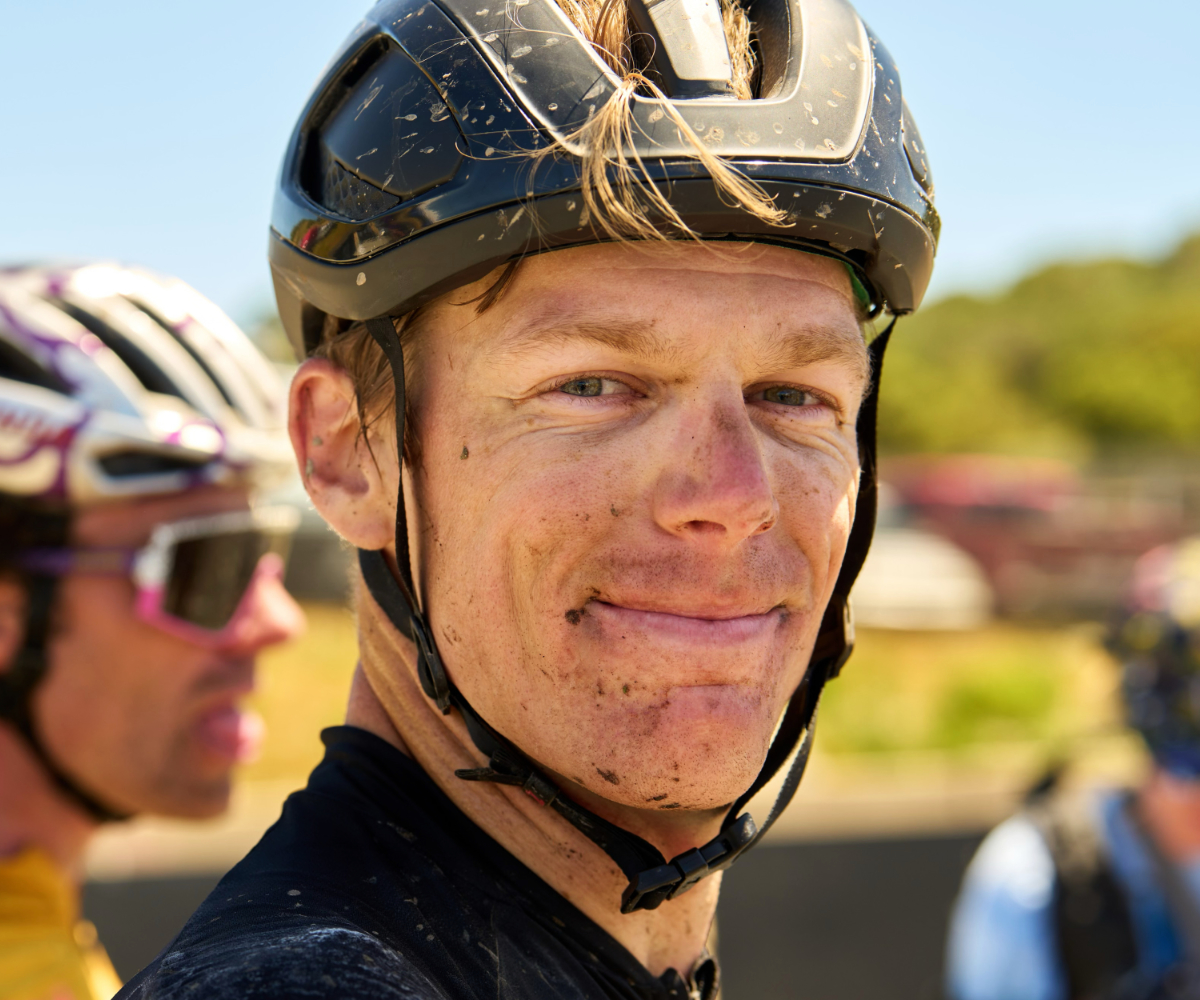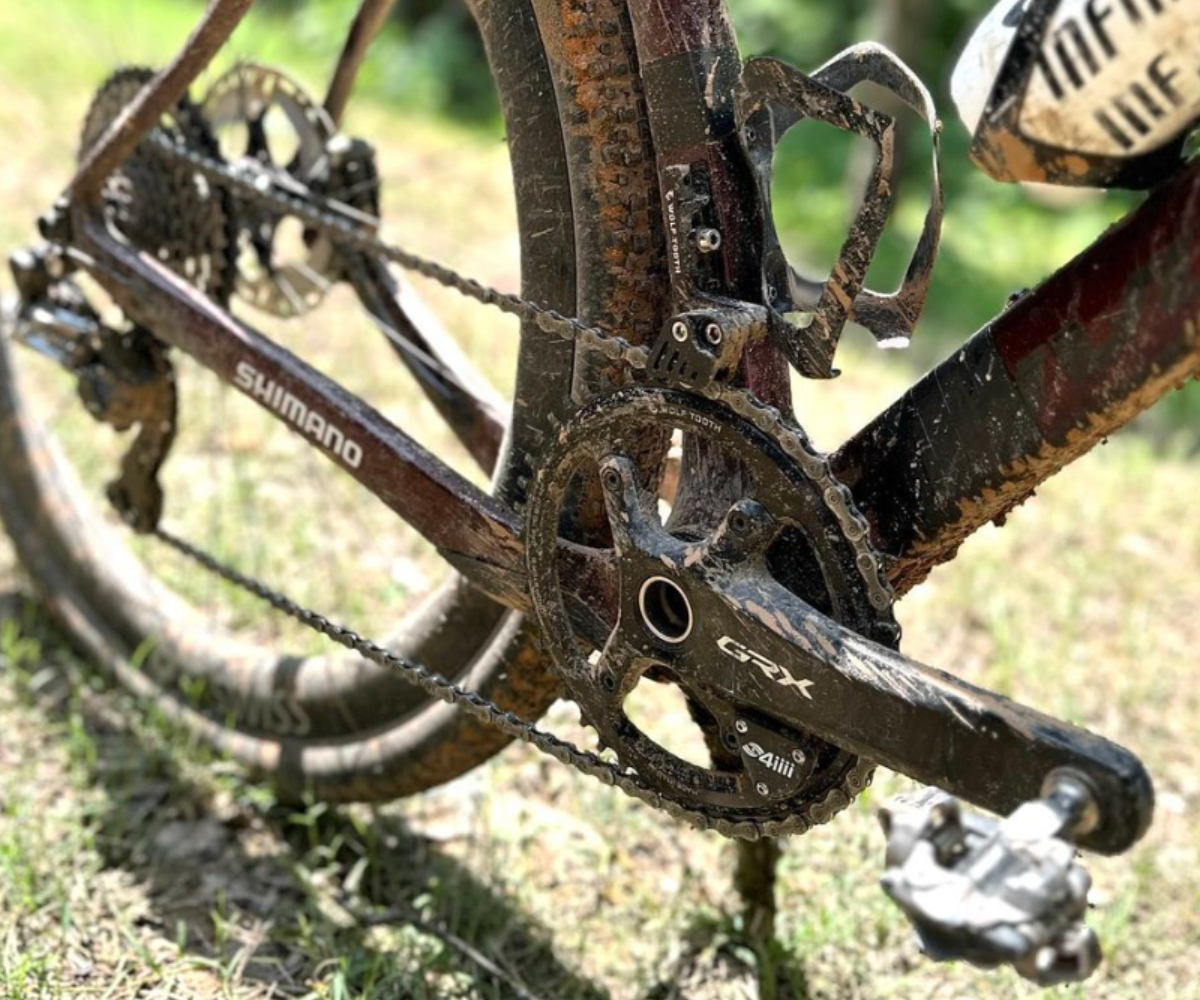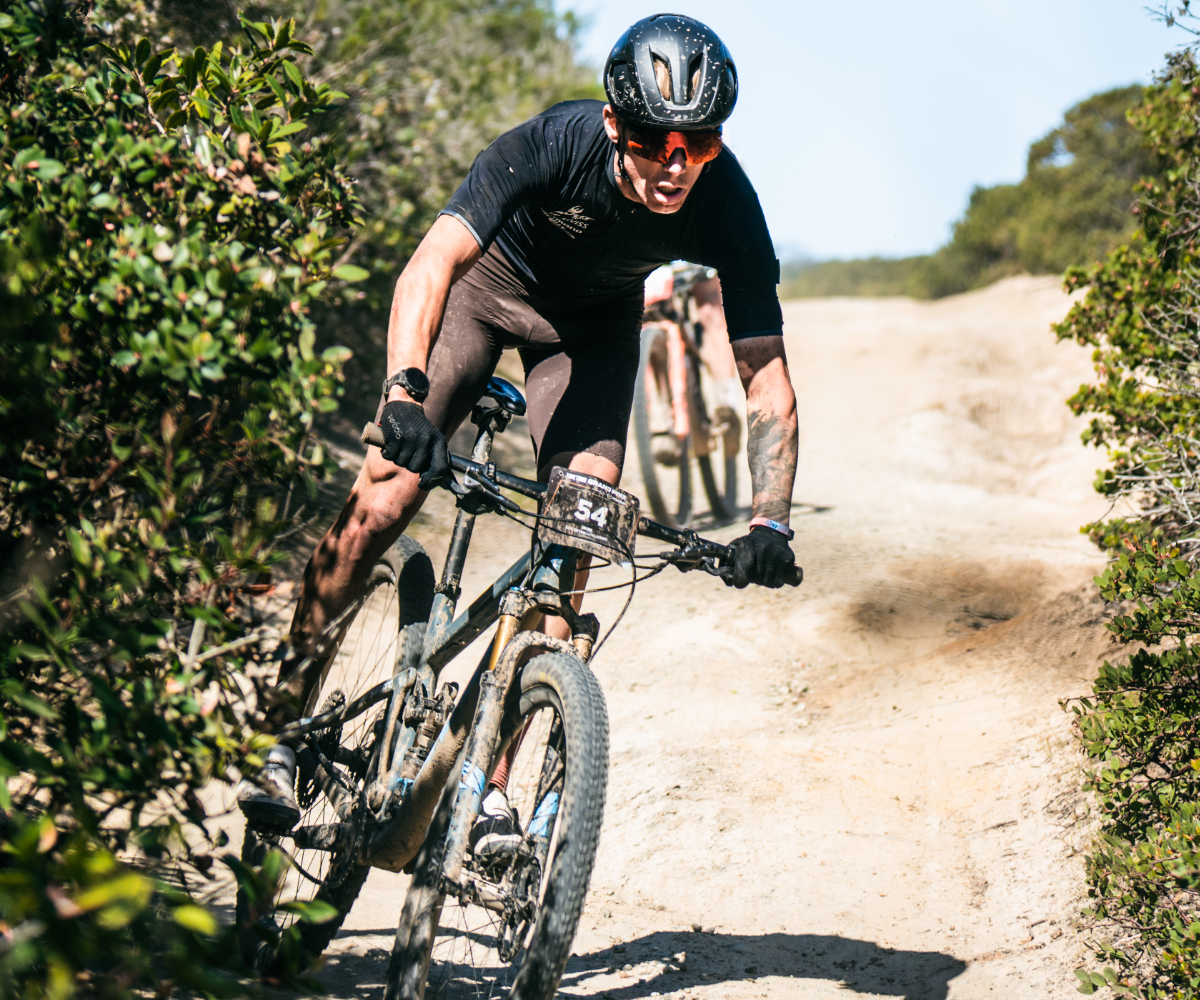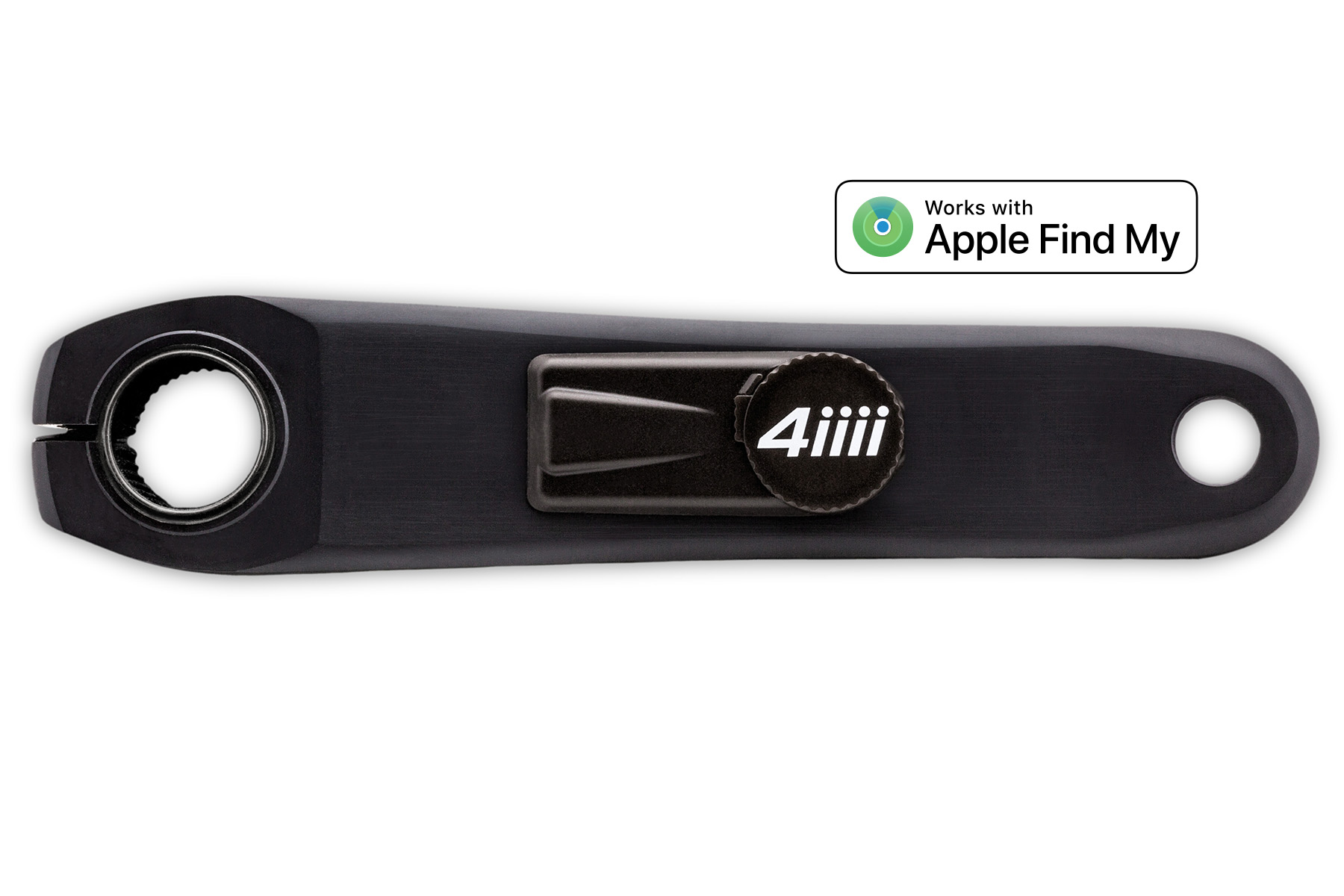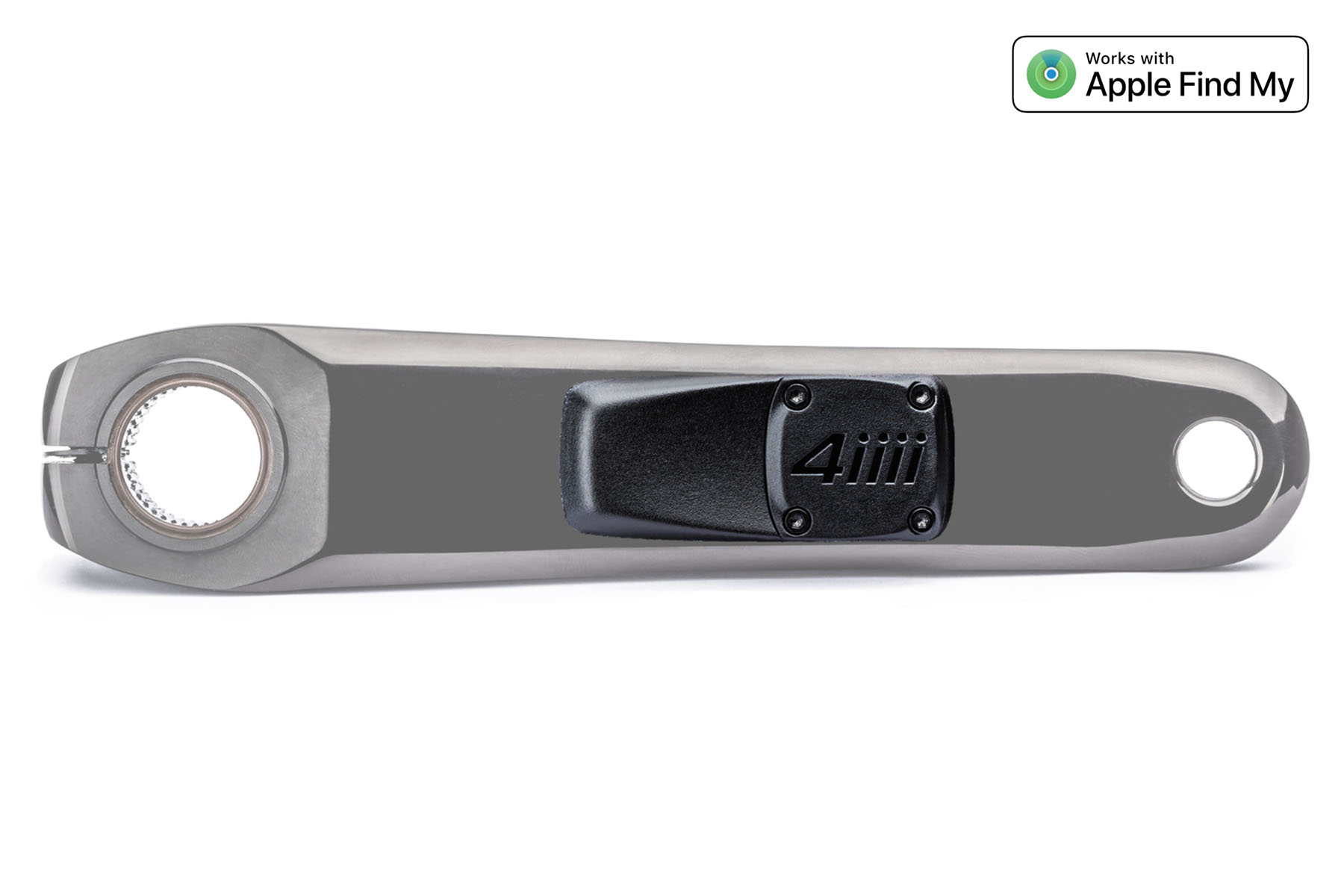New Year, Powerful New You! Training Tips with Taylor Lideen
Posted by Taylor Lideen on January 11, 2024
Happy New Year from all of us here at 4iiii! As we set forth on another lap around the sun, it’s a good time to reflect on what new goals and adventures we want to take aim at. If those ambitions are cycling-related and you’re looking to boost your performance, whether for competitive or recreational purposes, a power meter is a great tool to achieve success. We had 4iiii athlete, pro MTB/Gravel racer and coach, Taylor Lideen, weigh in with his vast experience on the ways he makes use of power for his training and racing, as well as with the athletes he coaches. Check out these insights from a rider who mixes it up with the best North American off-road racers, and see whether there’s something new you might want to add to your new year of riding!
Using a power meter in training and racing has proved to be my most useful training tool, and is my number one requirement when taking on a new athlete for coaching. Using power data in training is incredibly valuable because, at the core, 1 Watt is always 1 Watt - this is an element of training that is reliable and consistent. In comparison, a data point like heart rate can fluctuate based on several outside factors (weather, fatigue, fueling, stress, + more). Combining power and heart rate information with a strategic training plan can equal gold for an athlete!
Now that we are heading into the winter months, monitoring power numbers is almost more important than during the season. Fitness has likely declined a bit after an athlete has an off-season break in training, so gathering baseline power data ensures you are establishing proper power zones for where your current fitness is. Most people are familiar with a “20min FTP Test”. For those of you who are new to this test, it is used to establish your functional threshold power, which then is used to create your proper training zones. Completing an FTP test after your “off-season” break is a good idea to ensure you aren’t over or underperforming.
The winter months are also a great time to focus on lower-intensity power. This helps aid in creating better metabolic efficiency. Knowing which power zones you utilize fats vs carbohydrates is critical for fueling before, during and after a ride. This information will serve as the foundation for determining how we can be more efficient for longer or higher-intensity training rides or events we have coming up. I work closely with my coach to try and work within my fat-burning zones a bit more in the winter, and I also use this approach with my athletes. A power meter gives you an extremely accurate blueprint of calories burned based on output. The next level of this equation would be identifying what type of calories you are utilizing in each power zone (ie: fats or carbs).
My favourite intervals are currently low cadence drills in my medio power zone (based on Inscyd testing). My metabolic data has already started to change and shows I can utilize fats more efficiently. I have noticed this change physically and feel great for longer periods on the bike with fewer carbs. As we close in on the New Year and beyond, I will be adding in more intensity in the form of 2-5min VO2 efforts as well as Sweet Spot intervals. In these workouts, carbs will be heavily important, but my body will still be able to metabolize fats when needed. These types of workouts are so much more effective with a power meter since our heart rate data can be unreliable when used alone and using the 1-10 RPE scale can also be highly subjective based on multiple factors. Power numbers don’t lie.
Power meter aren’t used solely for monitoring how hard you can push yourself on the bike. They are also used to keep you honest when you aren’t pedaling easy enough. This is arguably even more important information for an athlete. If we aren’t going easy on easy days, we can never expect our bodies to go hard enough on the hard days. Power meters show this in real-time. I have a ceiling for power on “recovery” days, and will never exceed that ceiling to ensure I am fresh for a day when intervals are in-store.
I want to mention that using a power meter has one major “rule” you need to remember: No single person is the same, cyclists come in all different shapes and sizes! Body weight, height, muscle mass, bone density etc are all factors that can change your power output. It’s important not to get caught up in fellow rider’s numbers you may see on Strava or other social media outlets. Remember: it all boils down to what your power-to-weight ratio is, and higher power isn’t always better. “Better” can be defined by what you can do with your output. One person can be a ‘sprinter’ and work on efforts such as 30/30s. Another person can be considered a ‘diesel engine’ and is incredibly efficient at spending hours in their aerobic zones.
If you are getting a power meter for the first time, try to have fun with it! Give a 20min FTP test a try. This will establish your training zones, which you can then use during your workouts. Enjoy learning the sensations of how each zone feels while being smart and strategic with your work. Maybe consider finding a coach to prescribe your workouts for you, to perform better at your next event. Power meters have come so far over the years, and so has training science that coaches utilize to help athletes reach their potential. I have a few openings for new clients for 2024 and beyond, so don’t hesitate to reach out if you are interested. I’ll make sure your new 4iiii power meter is being put to work.
Keep up with Taylor at taylorlideen.com or @tlideen.
